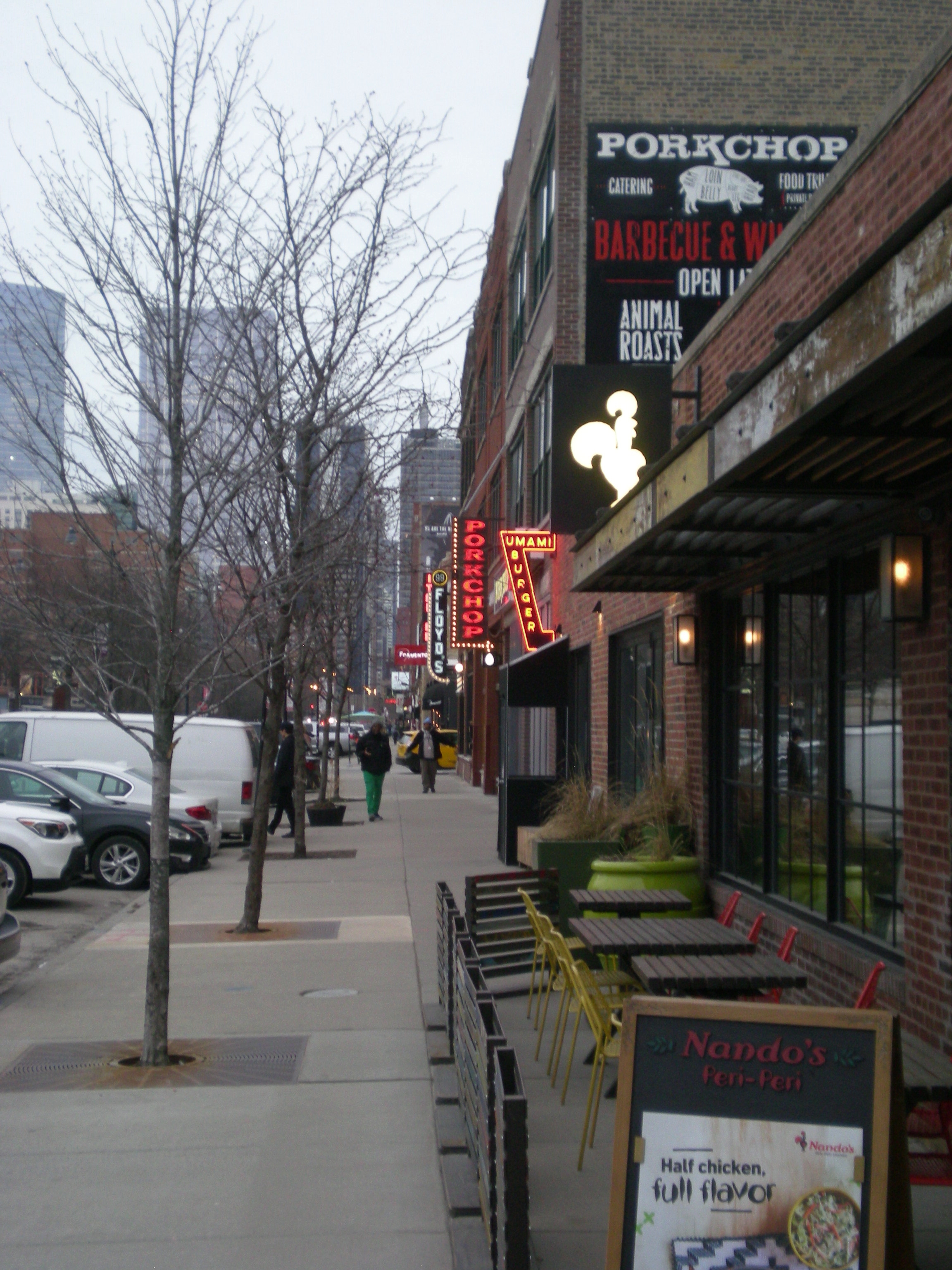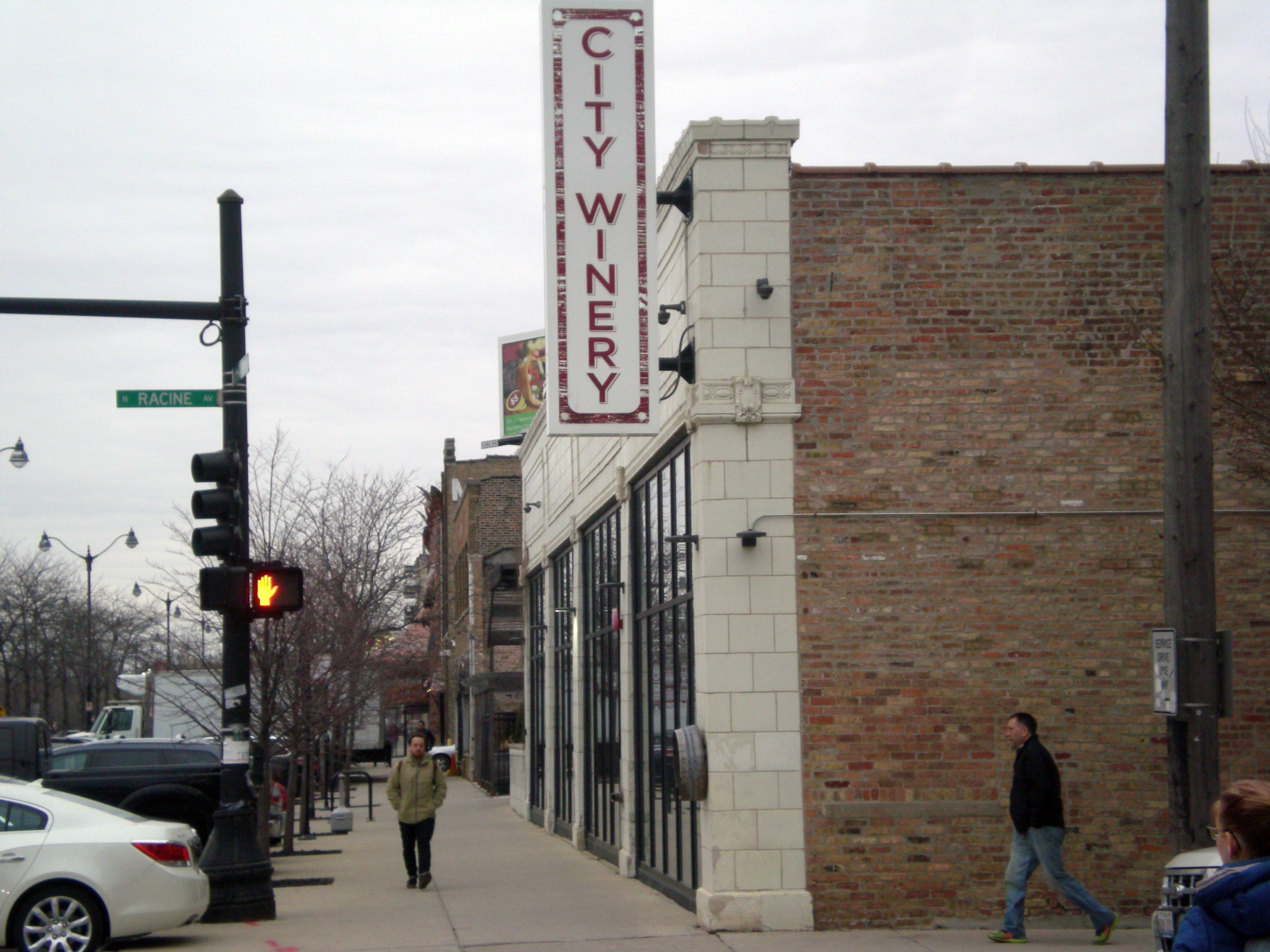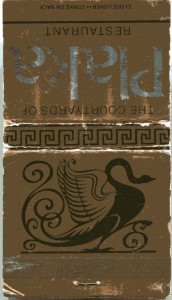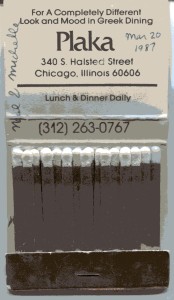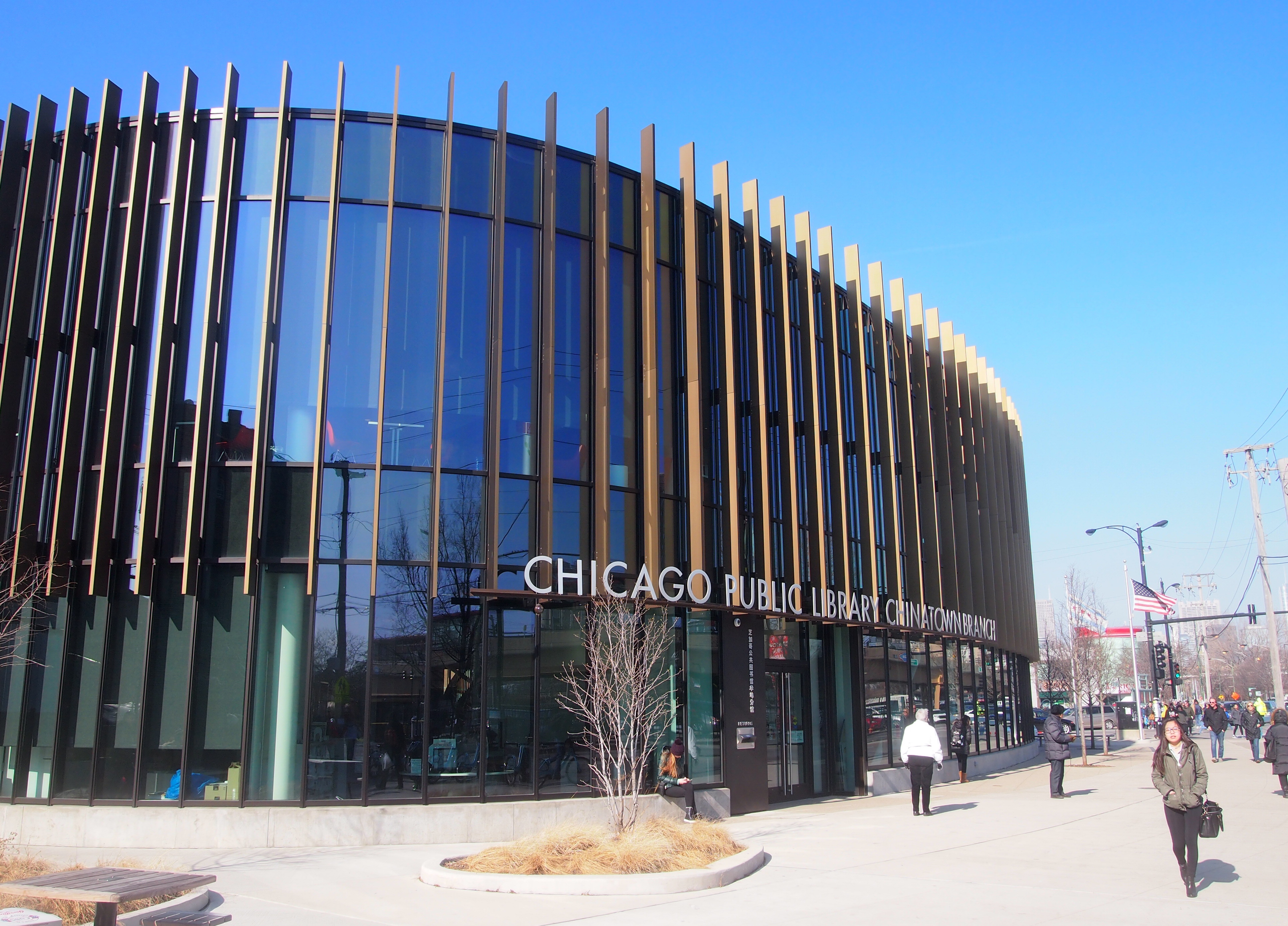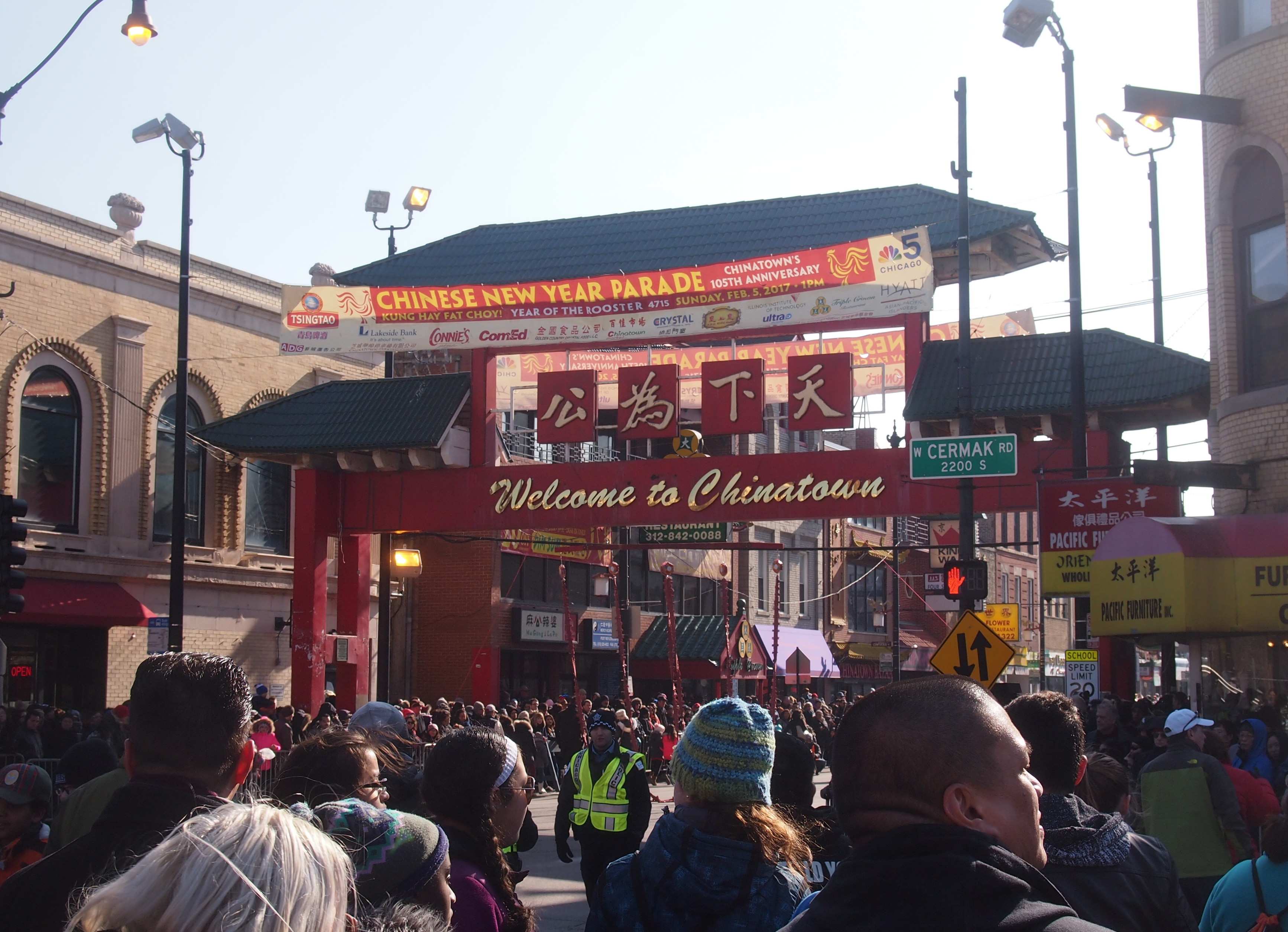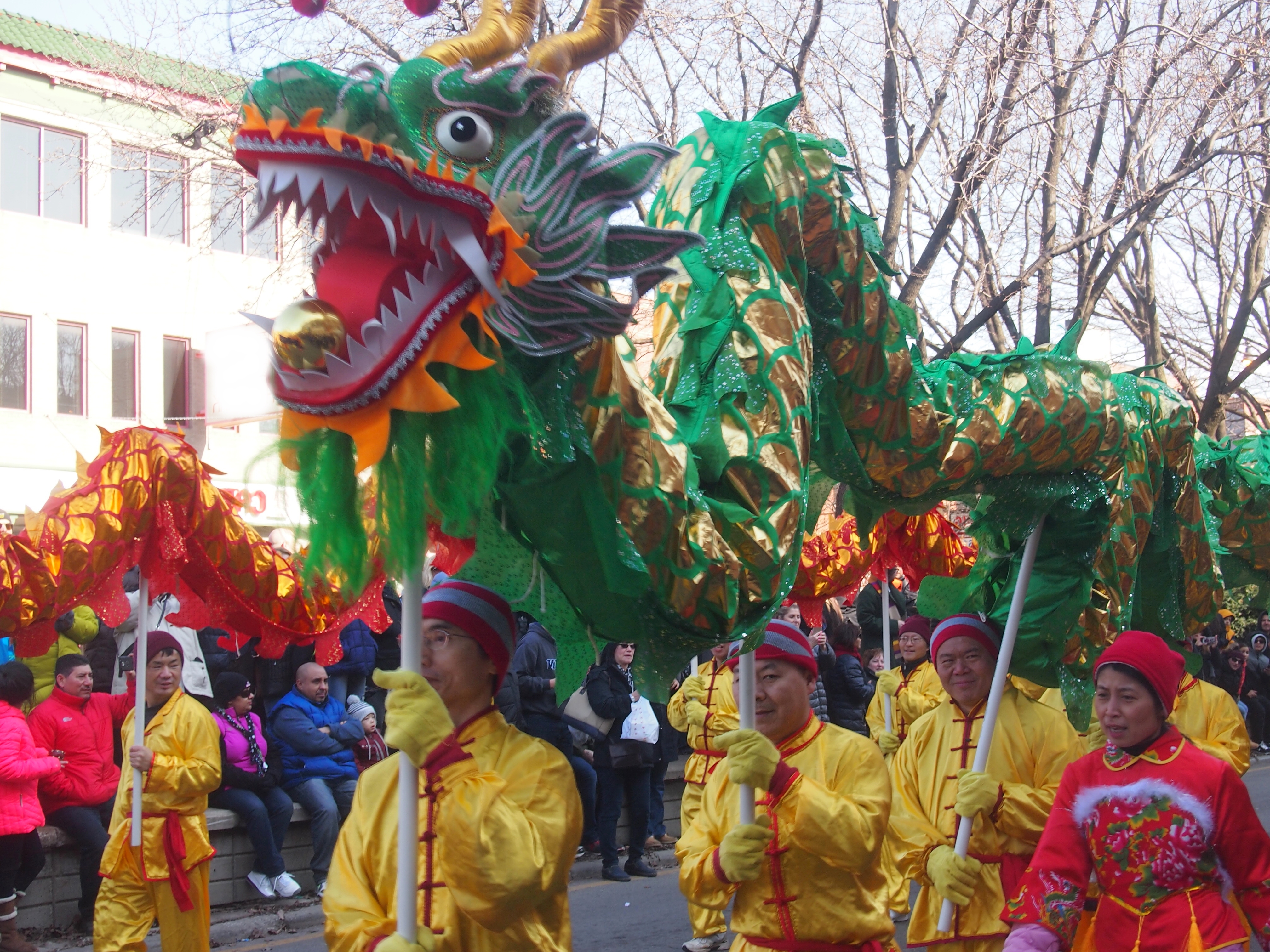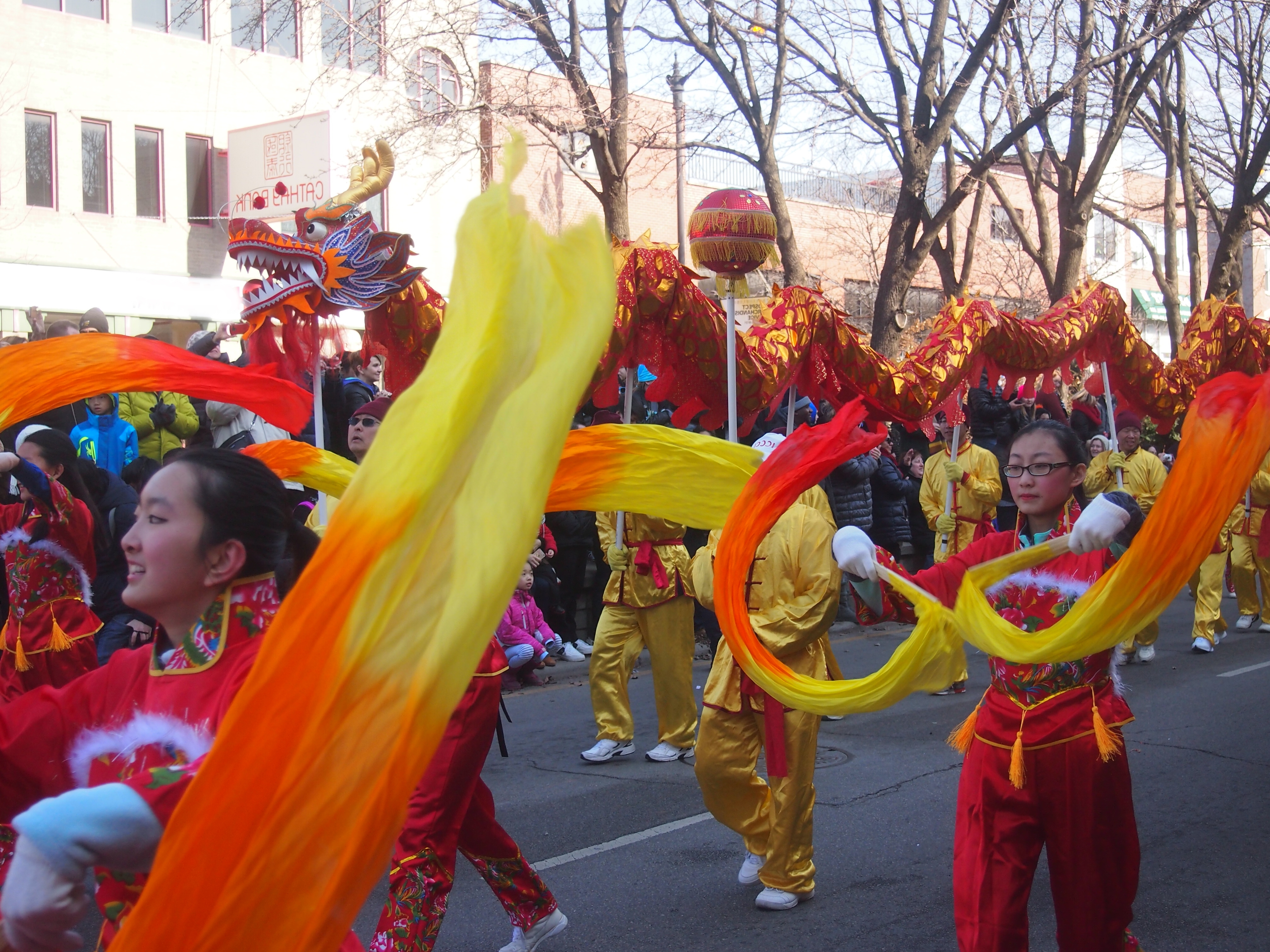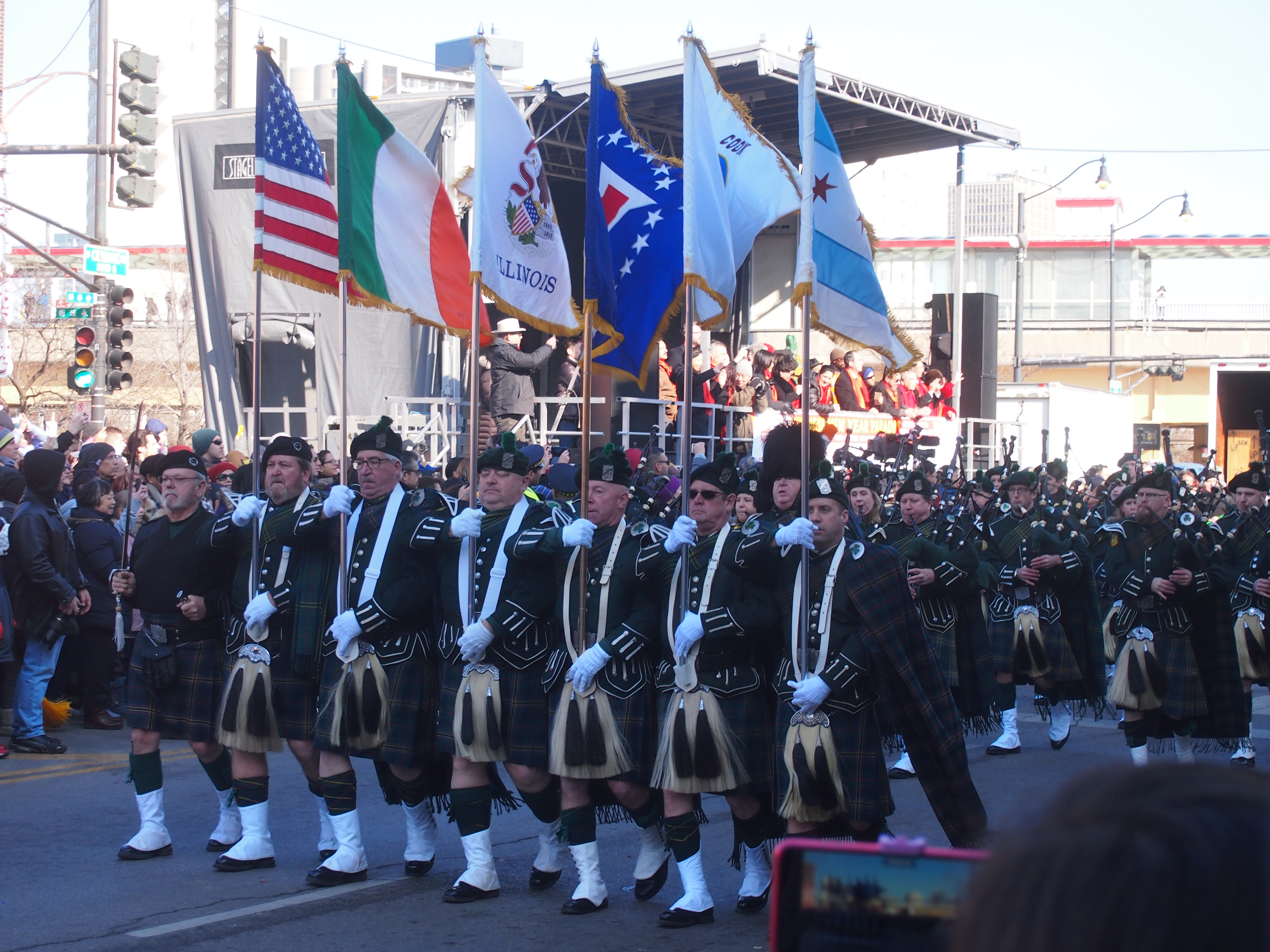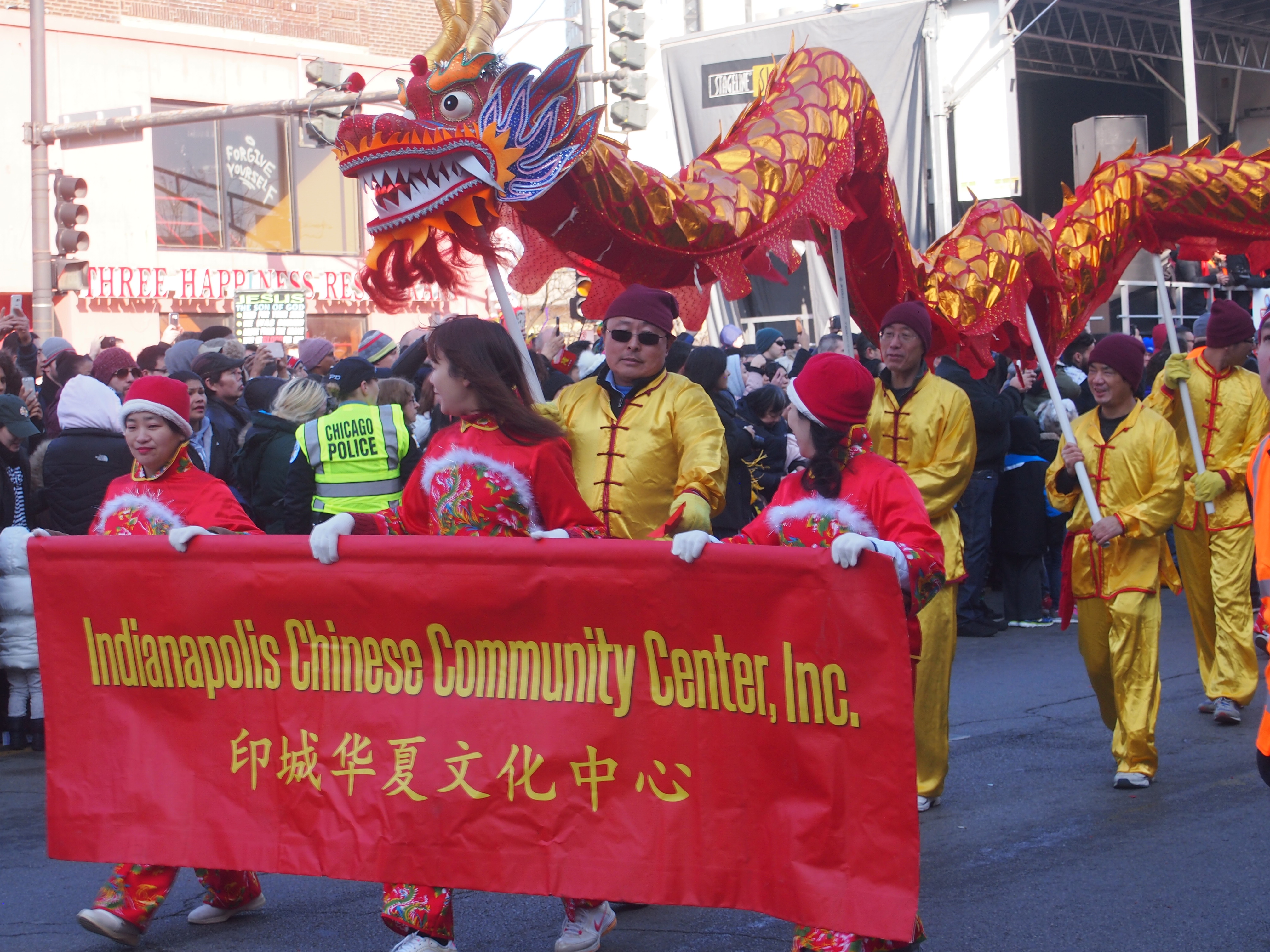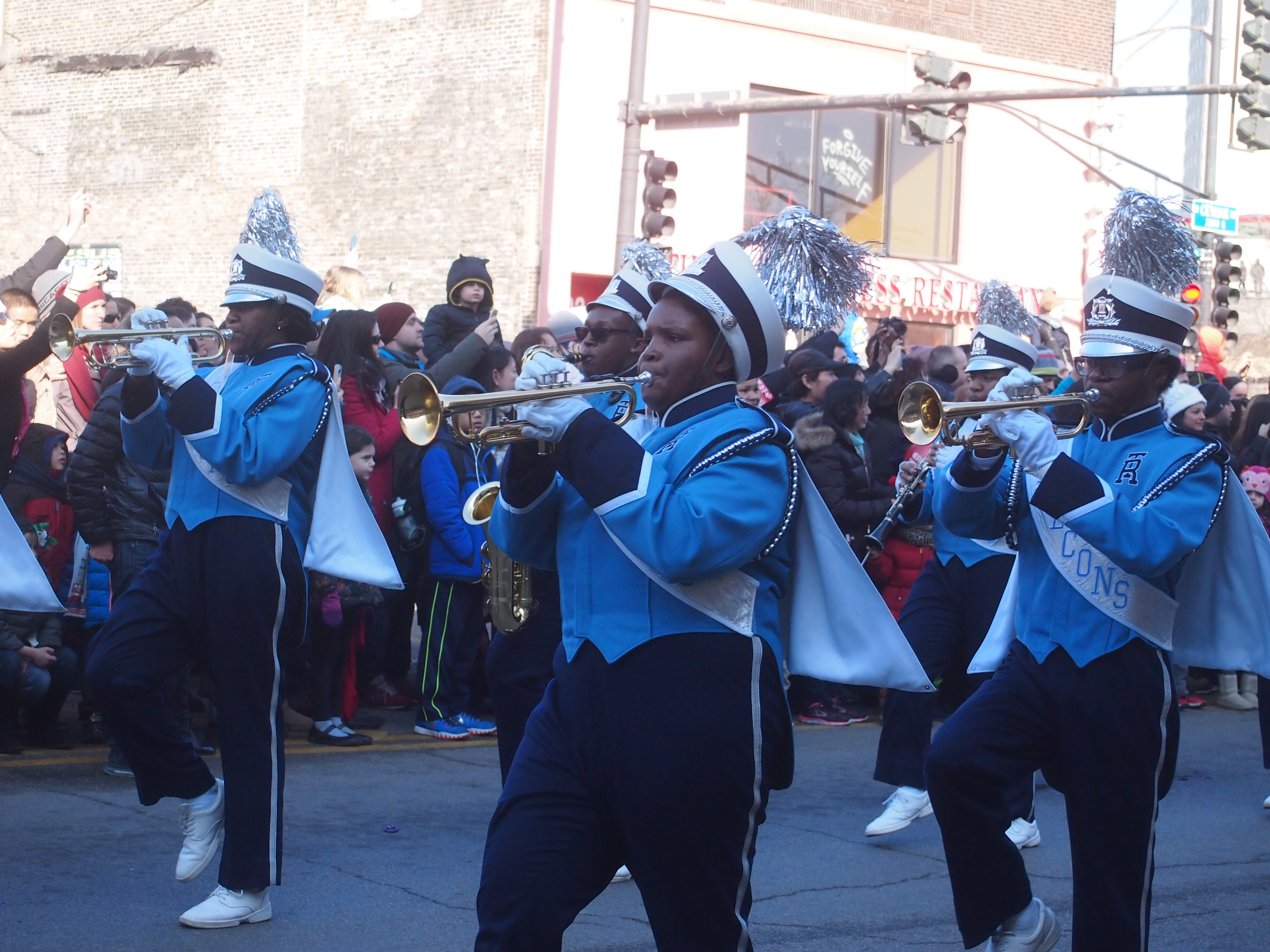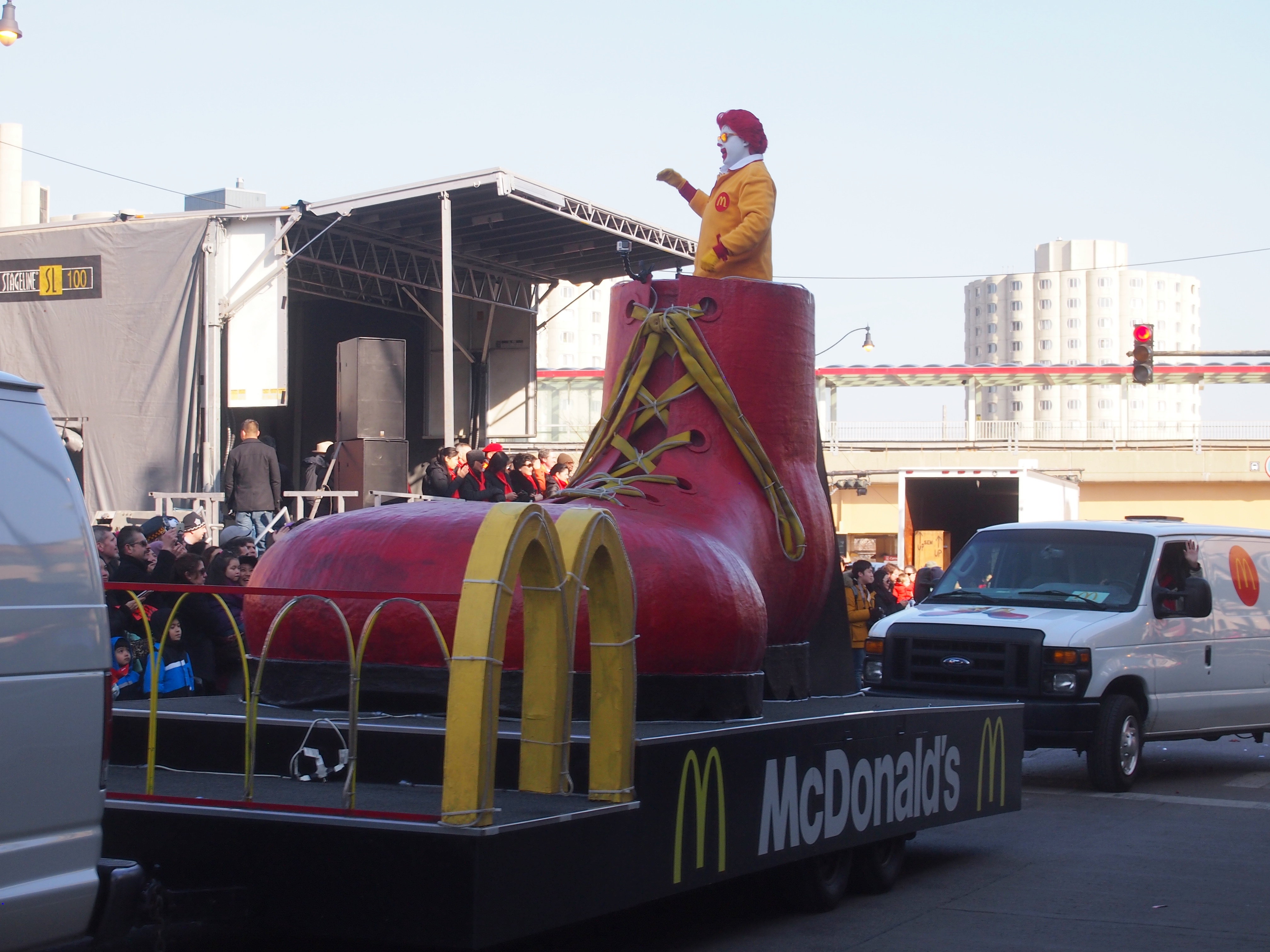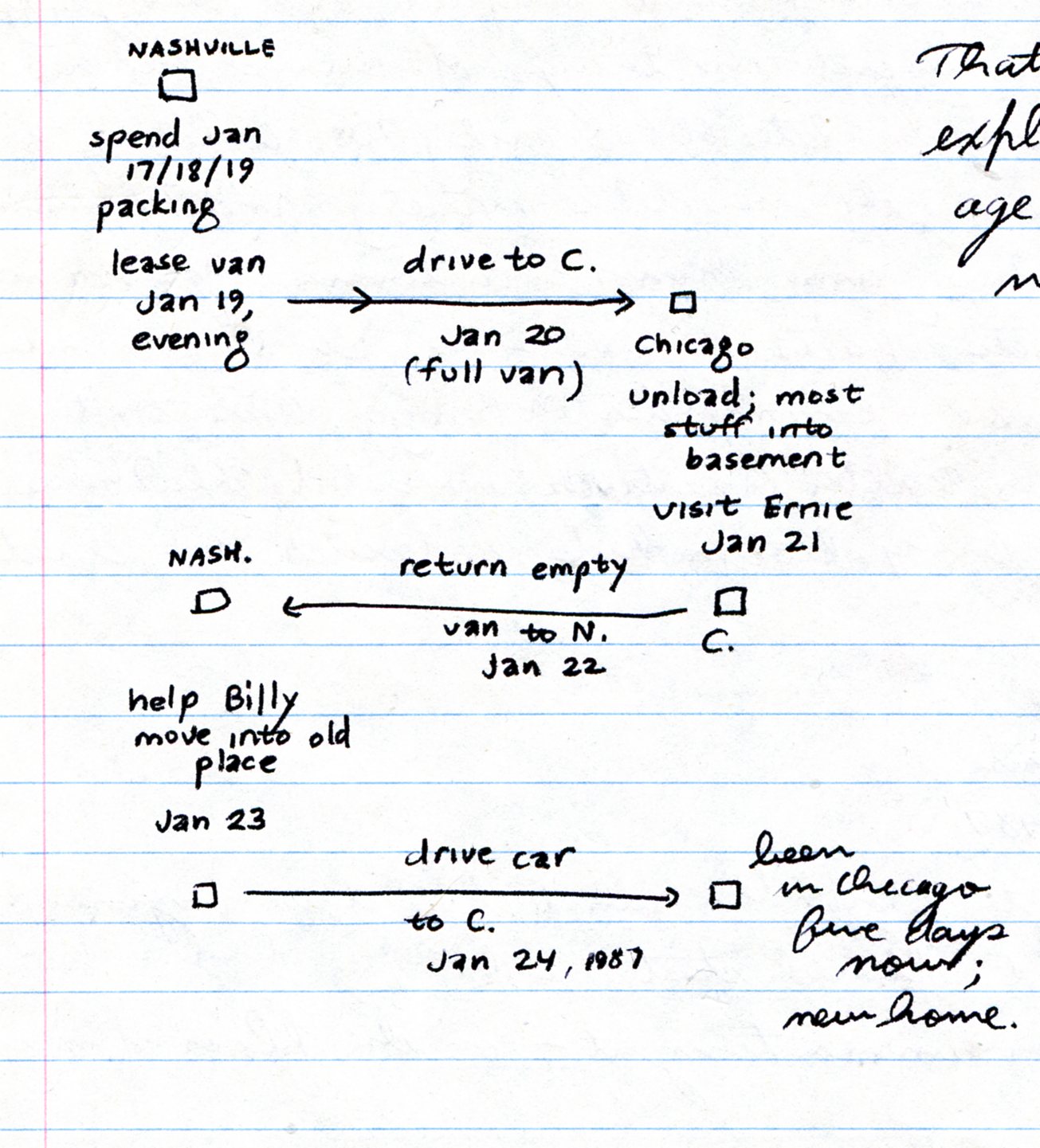Considering his longstanding love of wine, it seemed fitting that Al Stewart appeared at City Winery in Chicago last Thursday. I don’t share his oenophilia — I like the idea of wine more than wine itself — but I can appreciate an enthusiasm like that. Still, it didn’t matter to me exactly where he was playing. Some time ago, I decided to catch his shows whenever they were convenient to where I happened to be, and anywhere in the Chicago area is close enough.
City Winery is a relatively new place, taking its current form on the near West Side of Chicago only in 2012, and as such, it was a pioneering venue in that part of the city. Just before the music started, an announcer said, “City Winery’s not just a kitschy name. We actually make wine here. All those barrels in the back are filled with our wine, aging for your consumption.”
Carefully stowed barrels dominate the back of City Winery’s music room. The place also has a number of other rooms, including a large restaurant space forming the front of the building. All together, it’s a handsome interior space, characterized by brick walls and barrels and bottles, and the acoustics are good.
I’ve seen Stewart with a band, with sidemen, and by himself. This time, he had a band backing him, the young but talented Empty Pockets. They did a set before Stewart came out, including a fine version of “Fever.” The band’s relative youth caused Stewart to marvel at one point that he was being backed by musicians who weren’t born when the music they were playing came out, but who had the jam down pat anyway. That wouldn’t be quite so remarkable in a classical or jazz context, but I suppose it still is in popular music.
Though not a member of Empty Pockets, sax man (and flautist) Marc Macisso joined Stewart and the band for the concert too. He blew his sax like a man possessed, and did a fine job on the flute as well. On a number of Al Stewart songs, the sax is a defining sound, so it was good Macisso was on hand. He reminded me of the saxophonist who killed it with Stewart during his 1989 Park West concert, who might have been Phil Kenzie (who played on the record Stewart was promoting at the time), though I’m not sure.
The set list for the City Winery concert was different than any other of his that I’ve seen. After a handful of songs — “Sirens of Titan,” “Antarctica,” “Time Passages” — Stewart and the band played all of the songs from the album Year of the Cat in order.
The bonus was Stewart’s usual entertaining patter between the songs. “This brings me to Year of the Cat,” he said by way of introducing the songs. “It was a shock for me. I was an English folk singer playing in coffee bars, and all of the sudden people bought this thing, and I wasn’t sure why. I did begin on a very commercial note by writing a song about an English seafarer from 1591, Richard Grenville. This is a subject that most disco artists at the time were embracing.”
Stewart was being coy. If ever he did a polished commercial record, it was Year of the Cat (except maybe Last Days of the Century, which wasn’t as good). Alan Parsons produced Year, after all. The first song, “Lord Grenville,” does indeed mention Richard Grenville. He of “Out-gunned, out-fought, and out-numbered fifty-three to one.” I believe listening to the song in 1976 was the first time I’d ever heard of him.
About the next song — “On the Border,” a favorite of mine since I acquired the record 40 years ago — he said, “I thought we’d continue with mass popular appeal by doing a song about the Basque separatist movement, the crisis in Rhodesia and the fall of the British Empire, and amazingly this one actually made the top 40. I have no idea how that was possible. I can only assume the disk jockeys didn’t listen to the lyrics.”
For a long time I thought the song was about the Spanish Civil War, but I’ll defer to the songwriter. But it doesn’t really have to be about anything so specific.
Regarding “If It Doesn’t Come Naturally, Leave It” — my least favorite cut on the record — he said, “It has far too many words. If I’d known when I was 30 that I’d be singing it when I was 70, I’d have written half as many words.”
Stewart said that his favorite song on the album is “Flying Sorcery,” which was not top 40, but a fine tune all the same. “It concerns two lovers. I turned them into airplanes. They take off from the same airport but they get caught up in a fog bank and land at separate airports. Obviously that means they’re breaking up.”
I never quite took that from the song, but no matter. It has some wonderful lyrics, including, “You were taking off in Tiger Moths/Your wings against the brush-strokes of the day.” The brush-strokes of the day. What a way to describe the sky. It occurs to me that he’s done other songs with aeronautic images (not on Year), such as “The Immelman Turn” and “Fields of France.” (“When Lindy Comes to Town” talks about flight, too, but it’s a particular historic event.)
He mentioned some alternate lyrics to the song “Year of the Cat,” though not in as much detail as recorded on this Songfacts page, based on a 2015 performance. I think everyone was pretty glad that the final lyrics came out the way they did, including Stewart.
On the whole, Al Stewart was in fine fettle on Thursday. His voice is still clear and his guitar playing is impressively energetic for a man of 71. He also seems to enjoy himself thoroughly on stage, which must be why he still tours. Hope he’s got more years yet.
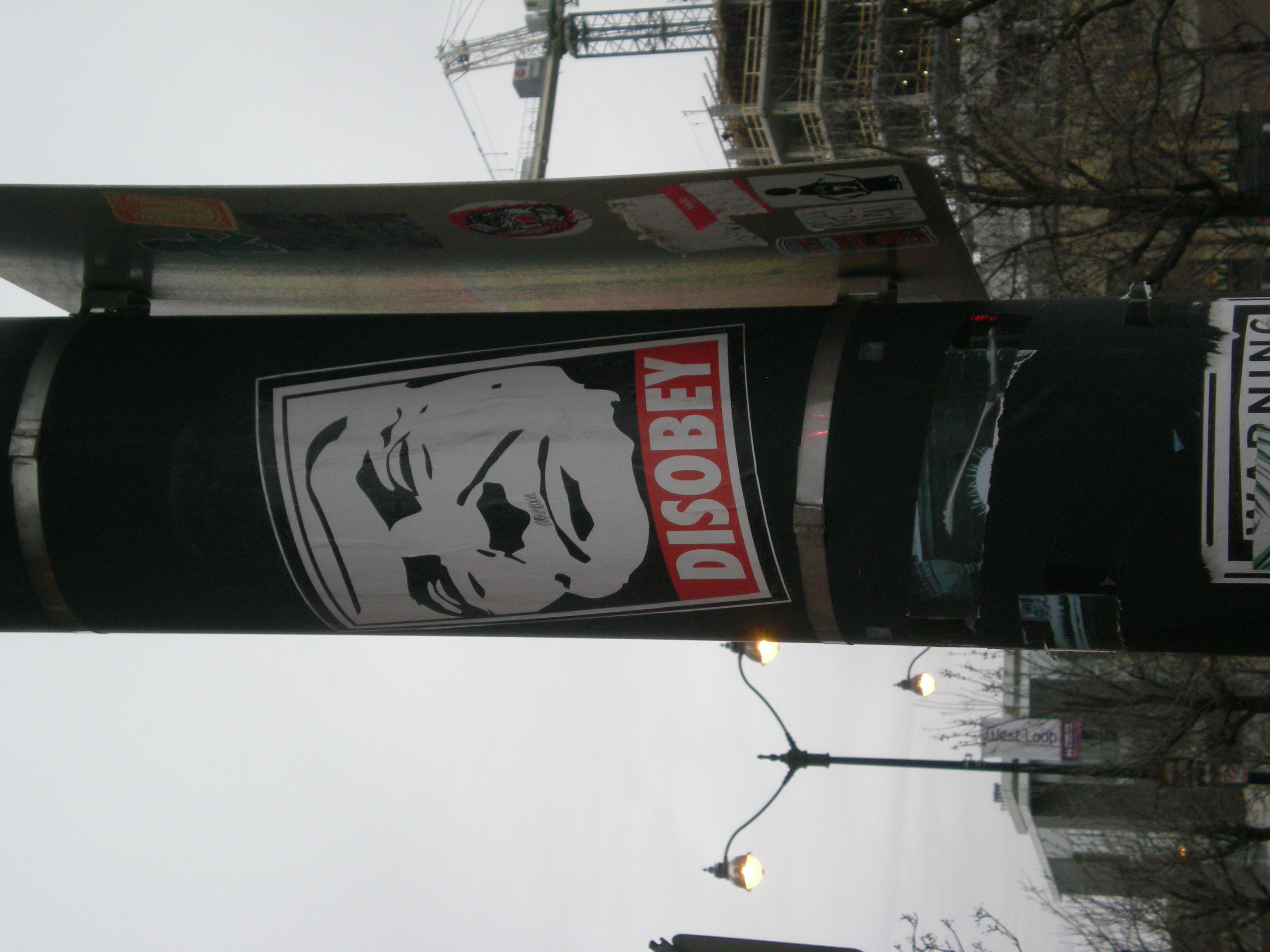 Spotted in Itasca, Ill., also last week, sometime after the presumed wedding. Glad that “Bubba” isn’t dead as a name.
Spotted in Itasca, Ill., also last week, sometime after the presumed wedding. Glad that “Bubba” isn’t dead as a name.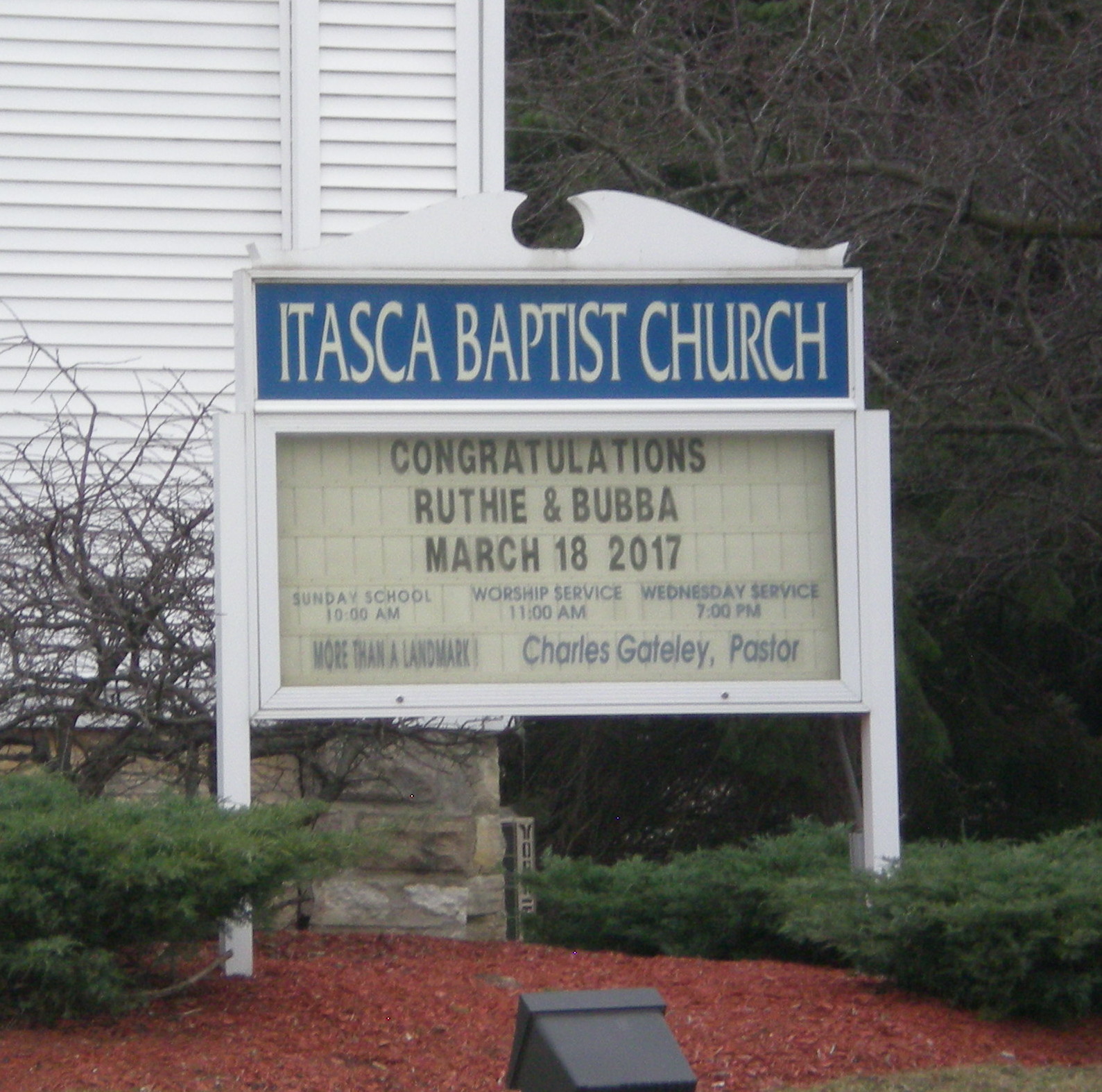 Spotted at a rest stop on I-57 between Champaign and Chicago.
Spotted at a rest stop on I-57 between Champaign and Chicago. I can’t quite make out all of the stickers, and there are more on the non-visible side of the van, but included in the destinations are the Kennedy Space Center, California, Nevada, Laughlin, NV, Key West, Roswell, NM, Wyoming, Mackinac Island (two), Naples, FL, Ventura, CA, Texas, the UP (more than one, including the 906 sticker), North Dakota, Piggly Wiggly, the Full Throttle Saloon (Sturgis), Route 66, Mississippi, Montana, Mount Rushmore, the Crazy Horse Memorial, and a sticker that says, “There’s a place for all God’s creatures. Right next to the mashed potatoes.”
I can’t quite make out all of the stickers, and there are more on the non-visible side of the van, but included in the destinations are the Kennedy Space Center, California, Nevada, Laughlin, NV, Key West, Roswell, NM, Wyoming, Mackinac Island (two), Naples, FL, Ventura, CA, Texas, the UP (more than one, including the 906 sticker), North Dakota, Piggly Wiggly, the Full Throttle Saloon (Sturgis), Route 66, Mississippi, Montana, Mount Rushmore, the Crazy Horse Memorial, and a sticker that says, “There’s a place for all God’s creatures. Right next to the mashed potatoes.”